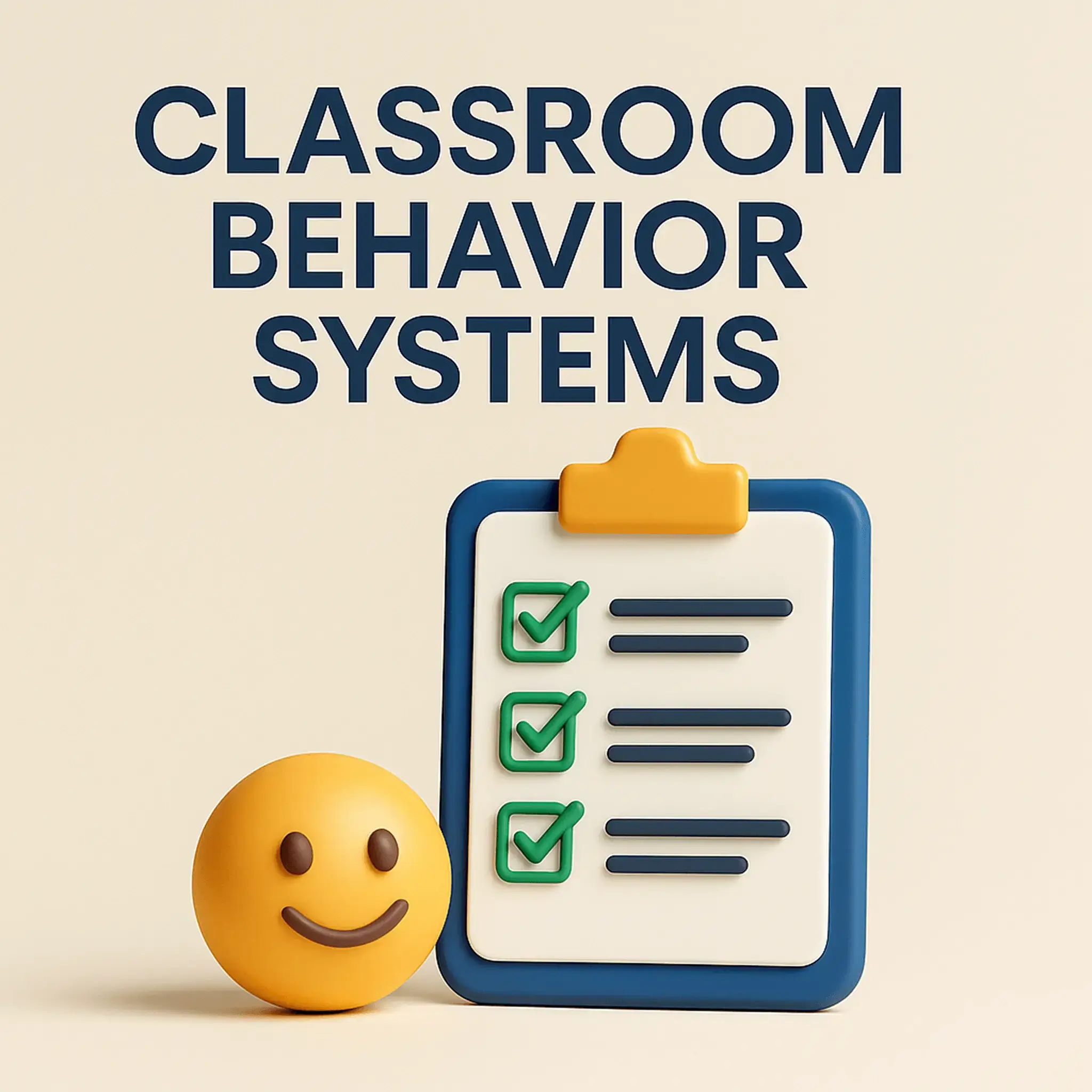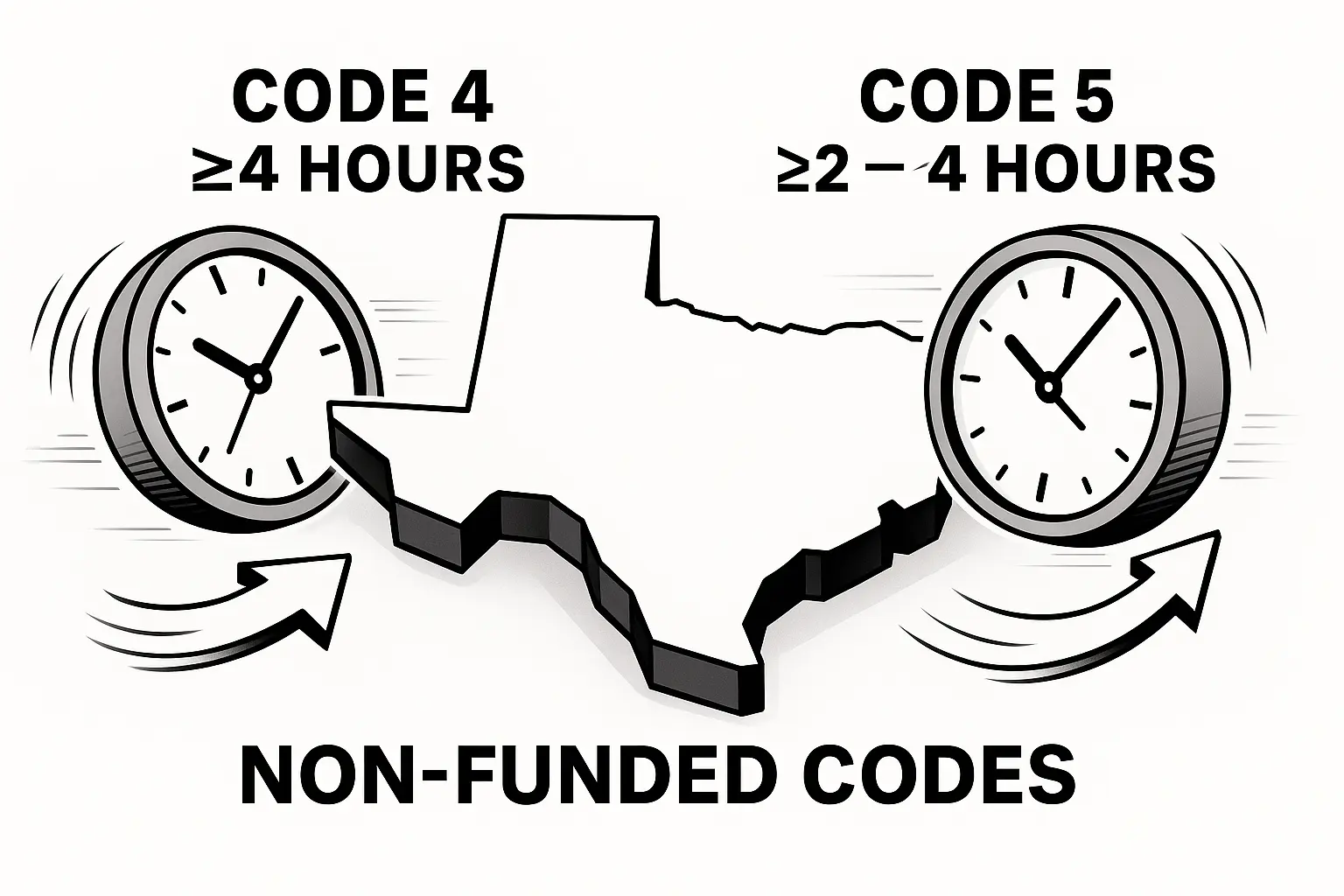Creating a productive classroom starts with structure. That structure often comes from a classroom behavior system — a consistent, proactive approach to managing student conduct that sets the tone for learning.
In this guide, we’ll break down exactly what a behavior system is, the core components it should include, popular models you can implement, and how to make it work day-to-day in your classroom.
What Is a Classroom Behavior System?
A classroom behavior system is a set of strategies and expectations designed to encourage positive behavior, reduce disruptions, and create a calm, respectful learning environment. The focus is on teaching behavior, not just reacting to misbehavior.
An effective behavior system:
- Sets clear expectations
- Reinforces positive choices
- Applies fair, consistent consequences
- Builds relationships and routines
7 Core Components of an Effective Behavior System
1. Clear Expectations
Students need to know what’s expected. Use 3–5 short, positive rules like:
- Be respectful
- Stay on task
- Keep hands and feet to yourself
Teach and model these rules. Post them visibly and revisit often.
2. Positive Reinforcement
Encourage what you want to see. Praise, rewards, and recognition help reinforce good choices.
Examples:
- Verbal praise
- Sticker charts
- Group point systems
- “Caught Being Kind” notes
3. Consistent Consequences
When behavior doesn’t meet expectations, follow through with predictable responses. Use a simple tiered system:
- 1st: Reminder
- 2nd: Seat change or reflection sheet
- 3rd: Parent contact or loss of privilege
Consistency builds fairness and trust.
4. Preventative Routines
Set students up for success by minimizing triggers:
- Clear visual schedules
- Calm entry and exit routines
- Brain breaks
- Engaging, level-appropriate lessons
5. Teach Behavior Explicitly
Just like reading or math, behavior must be taught. Use:
- Role-play
- Modeling and anchor charts
- Social stories
- Quick daily reminders
6. Use Data to Guide Decisions
Track behavior patterns to make smart changes:
- Use behavior logs or charts
- Note patterns by time of day or setting
- Share data with parents and team members
7. Build Relationships
Relationships are the foundation. Students behave better when they feel seen, safe, and valued. Ways to build trust:
- Greet students by name
- Celebrate effort, not just results
- Use 1-on-1 check-ins
Popular Behavior System Models
✅ PBIS (Positive Behavioral Interventions and Supports)
A school-wide framework that promotes positive behavior through clear expectations, consistent reinforcement, and data use.
✅ CHAMPS
Helps define expectations for each activity:
- Conversation: Can students talk?
- Help: How can they get help?
- Activity: What is the task?
- Movement: Can they move?
- Participation: What does participation look like?
✅ Whole-Class Rewards
Students work as a team to earn group rewards:
- Marble jar
- Class bingo
- Mystery motivator
✅ Individualized Plans
For students needing extra support:
- Behavior contracts
- Daily check-ins
- Token boards or sticker systems
Common Challenges and How to Handle Them
Challenge: Inconsistent behavior from students day to day
Solution: Start each day with a reset routine and re-teach expectations on Mondays. Use a predictable structure.
Challenge: One or two students dominate behavior problems
Solution: Consider individualized plans and build private relationships. Behavior contracts and check-ins can help.
Challenge: Students ignore visual cues or rules
Solution: Reinforce rules with consistent modeling, review them with short interactive games, and vary reinforcement.
Benefits of Strong Behavior Systems
- More on-task learning time
- Fewer disruptions
- Improved student-teacher relationships
- Better academic outcomes
- Lower stress for teachers
Frequently Asked Questions (FAQ) About Classroom Behavior Systems
1. What is the best way to introduce a classroom behavior system to students?
Start by clearly explaining your expectations on the first day of school. Use modeling, role-playing, and visuals to help students understand. Revisit the rules regularly, especially after breaks. This approach supports behavior expectations in the classroom and helps create a positive tone from day one.
2. How do I choose the right behavior management system for my classroom?
It depends on your teaching style, student needs, and classroom structure. Some teachers prefer positive reinforcement systems like token boards or sticker charts, while others may use whole-class reward strategies. You can also combine multiple approaches using a customized classroom behavior plan.
3. Can classroom behavior systems work for students with special needs?
Yes — and they often thrive with clear routines and structure. Use individualized behavior intervention plans (BIPs), visual supports, and daily check-ins. Systems like token economies and behavior contracts are especially helpful for students needing extra support.
4. What are some examples of positive behavior reinforcement in elementary classrooms?
Common examples include:
- - Verbal praise for effort and kindness
- - Class dojo points
- - Group marble jars
- - “Caught being kind” coupons
These tools help promote positive student behavior and create a supportive learning environment.
5. How can I track classroom behavior effectively?
Use a behavior tracking chart or a daily behavior log to note patterns. Many teachers use tools like:
- Traffic light systems
- Google Sheets behavior trackers
- Weekly behavior reflections sent to parents
Tracking supports data-driven decisions and helps identify trends in student conduct.
6. How often should I revisit classroom behavior expectations?
Reinforce expectations daily in the first few weeks and after any school breaks. Use quick behavior mini-lessons, interactive games, or daily reflection prompts to keep rules fresh and engaging. Consistent review helps maintain a calm classroom environment.
7. What should I do if a classroom behavior system isn’t working?
If your system isn’t producing results:
- Reassess your expectations — are they clear and age-appropriate?
- Look for patterns in behavior logs
- Add more positive reinforcement before increasing consequences
- Consult with colleagues or support staff for feedback
Sometimes, small adjustments to behavior strategies in the classroom make a big difference.
Conclusion
A strong behavior system is not about control — it’s about clarity, consistency, and connection. When students know what to expect, feel supported, and receive praise for positive choices, they thrive.
Start simple. Stay consistent. Adjust when needed. You’ve got this.




